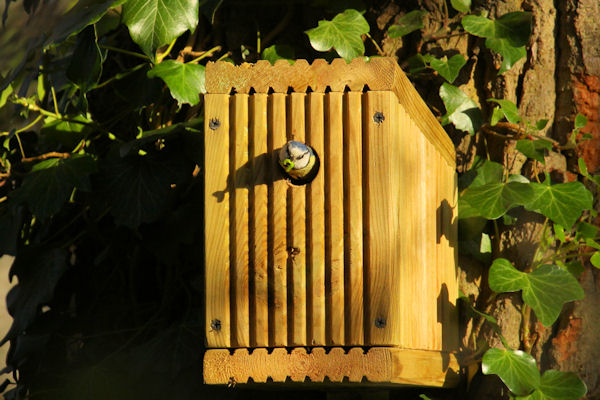April 2022 in Bicknor Wood
Many of the trees were in full leaf by the end of the month. The English Oaks are about a fortnight ahead of the Sessile Oaks, as observed last year, but both are already much leafier than this time last year.
https://bicknorwood.blogspot.com/2021/04/april-in-bicknor-wood.html
These two comparative photos were taken on April 5th and April 25th of this year. What a difference 3 weeks makes.
The laggards, Ash, Aspen and Sweet Chestnut all showed bursting buds and opening leaves during third week of April.
The combination of Bluebells and Wood Anemones flowering together is a delight. They both seem to be on a similar schedule to last year, though judging their respective peaks is an art. Common Toadflax noted on 5th. Red Campion is starting to flower on this year's growth at last.
Nesting Blue Tits try to time their eggs to hatch as the oak leaves open. The eggs and caterpillars of the Winter Moth and Green Tortrix make up a large part of the birds' diet and are critical to fledging success.
Nest boxes 1, 6, 7, 17, 18, Snoop, 27 and 28 have all attracted attention from Blue Tits. Early in the month, they were seen carrying nesting materials in at nos. 6 and 7. A natural nest in the oak tree close to box 8 has seen sustained activity.
By 29th, birds were seen carrying food into the boxes at 1, 5, 6, 28 and Snoop.
Great Tits have shown interest in boxes 5 and 14 . The entrance at 5 is protected from woodpecker attack by a metal plate. This has thrown a curveball at the Great Tits as the entrance hole is very small, intended for Blue Tits. It appears that the female managed to get through the tiny hole to lay eggs, but the male is too big. He tries, but to no avail. He was seen on 29th trying desperately to get in with some food.
So this throws a problem to the Nest Box Management Committee; should we let nature take its course, or assist? The female managed to get in to lay eggs. When the eggs hatch, the male will be unable to help feed the chicks. If, by incredible girl power, the chicks reach fledging size, will they be able to get out?
But, if the box is disturbed, will the parents abandon the nest? What a quandry!
Last year at this time, the nest boxes were being broken open by the woodpeckers. Making them more defensible has deferred the attacks, but they will probably still be an attractive food source for the woodpeckers as the season progresses and their brood grows. But as the woodpeckers are only just mating now, the smaller birds may have already fledged by the time there are hungry woodpecker chicks.
Woodpecker activity has increased as the month progressed. A male Green Woodpecker continues to call, but there is no evidence that he has yet attracted a mate. The Great Spotted Woodpecker on the other hand appears to have 2 females vying for his attention. He emphatically displayed a preference for one of them on 27th, but the other was reluctant to admit defeat and is still in the wood, looking a little downcast.
Our new bat boxes have proved to be a hit with the drumming male.
The Blackcap has returned from Africa. The males usually arrive a couple of weeks ahead of the females and this rang true with a number of male sightings, up to 3 at a time from 11th and the first female seen on 26th.


















Comments
Post a Comment